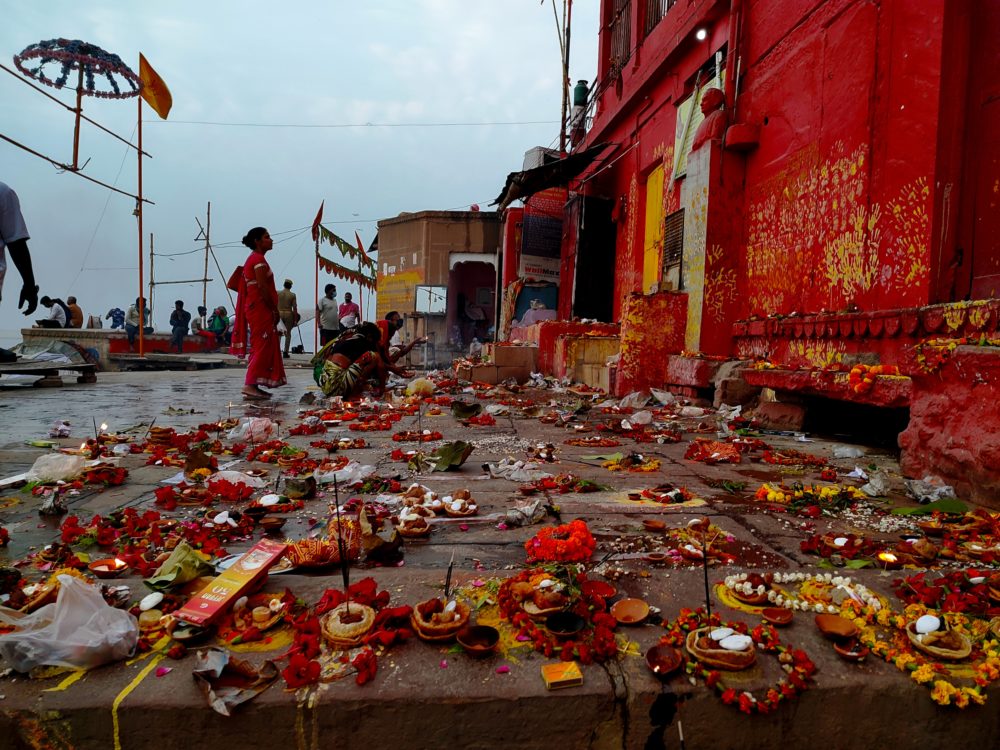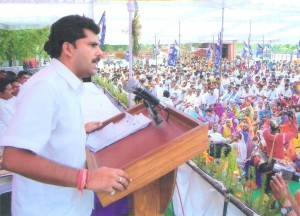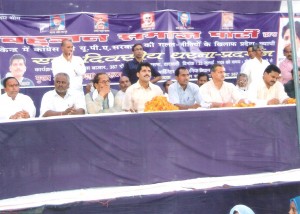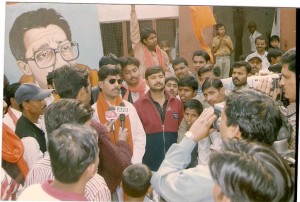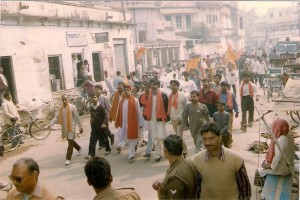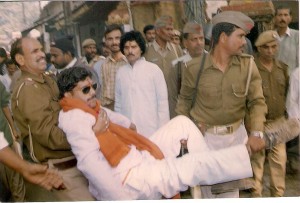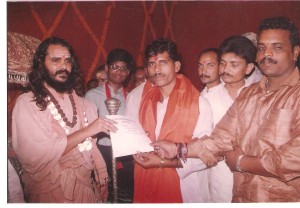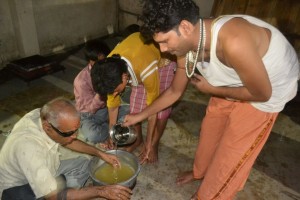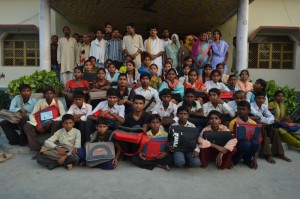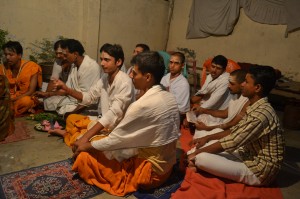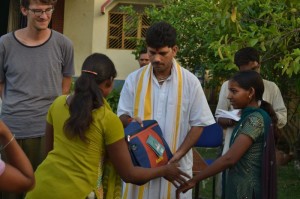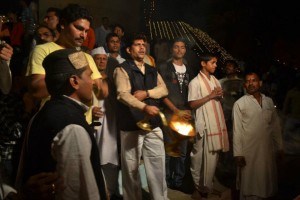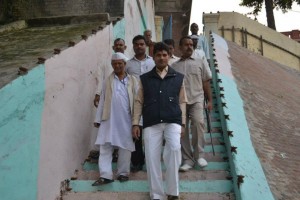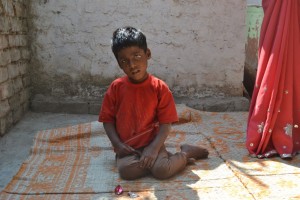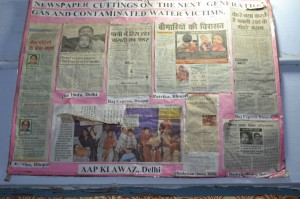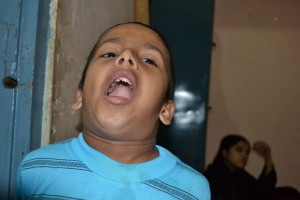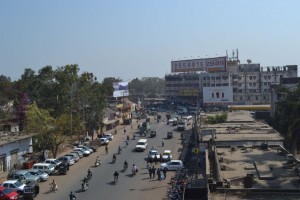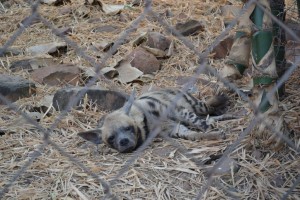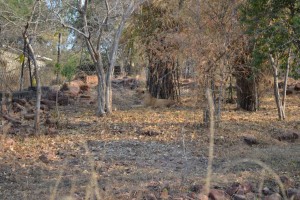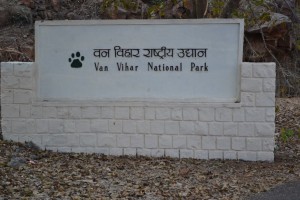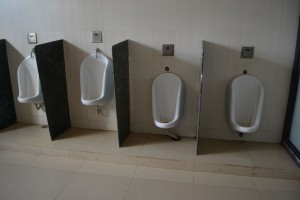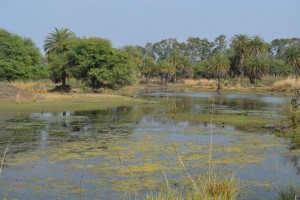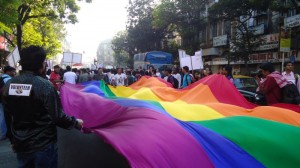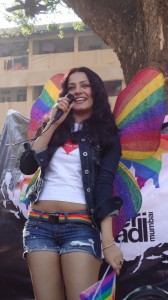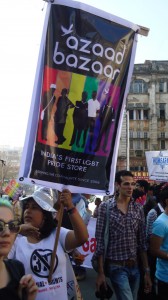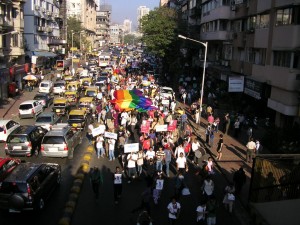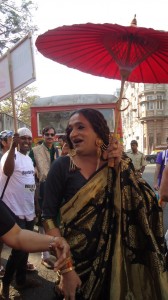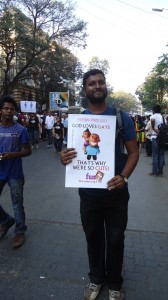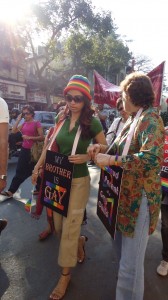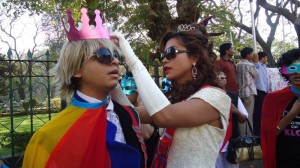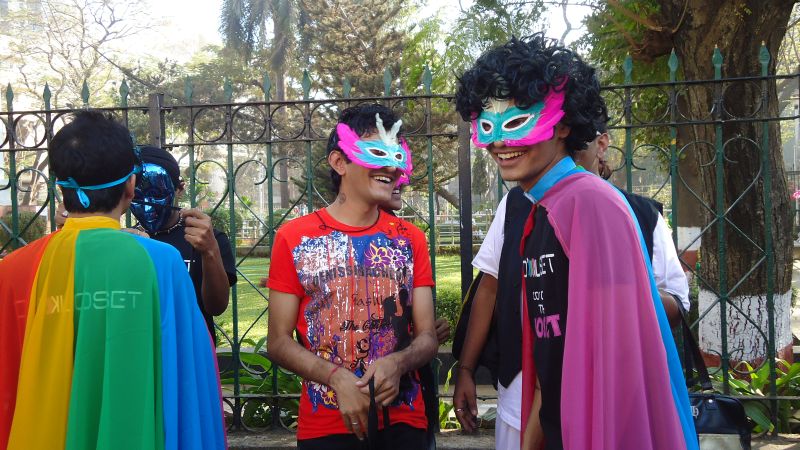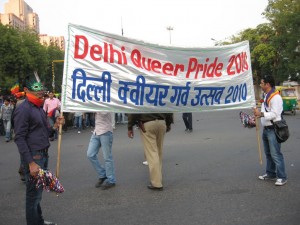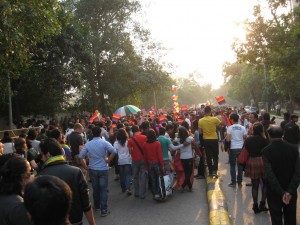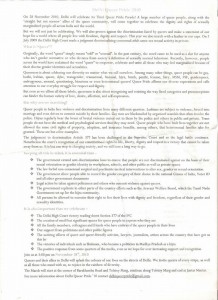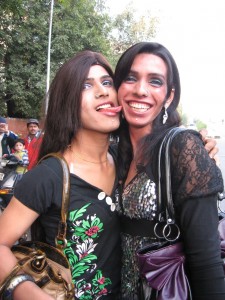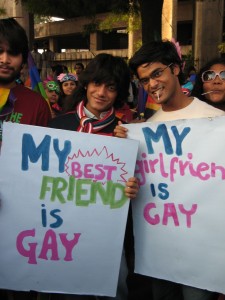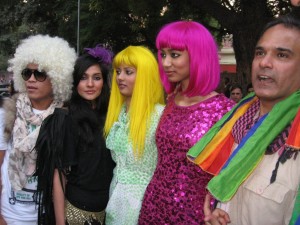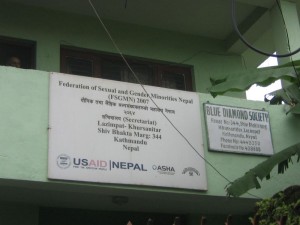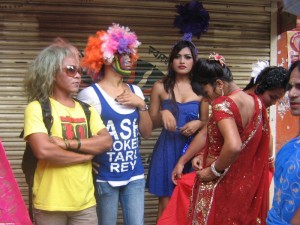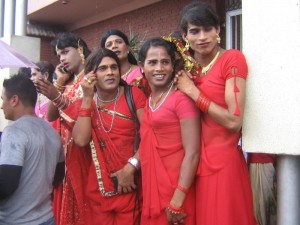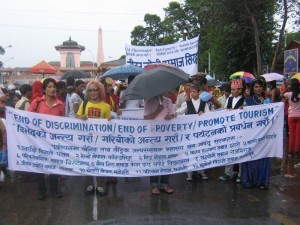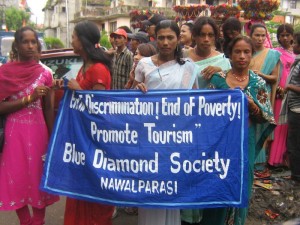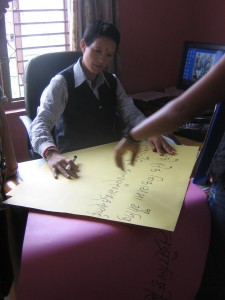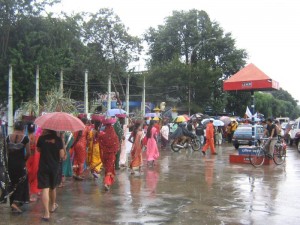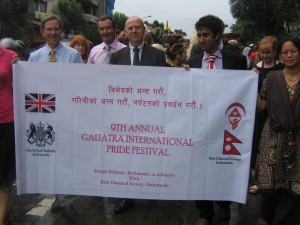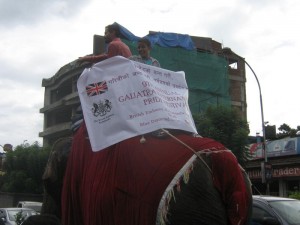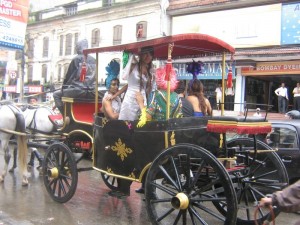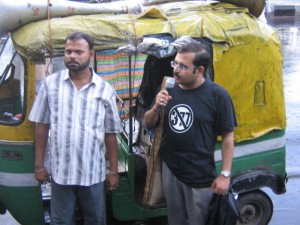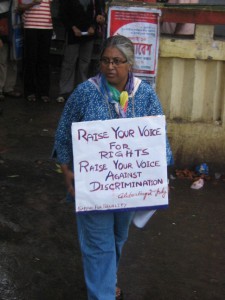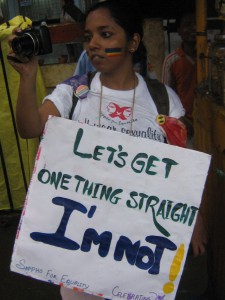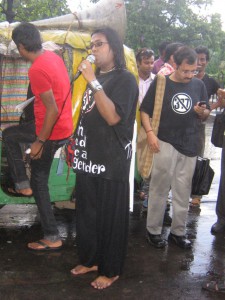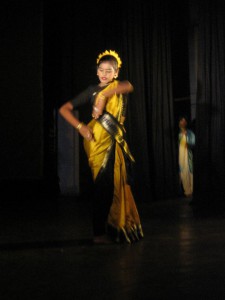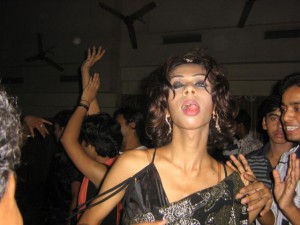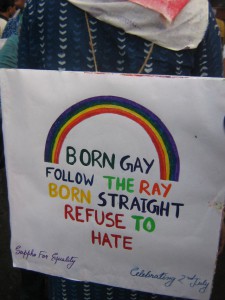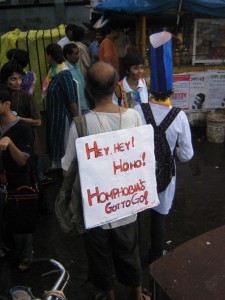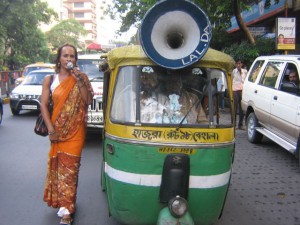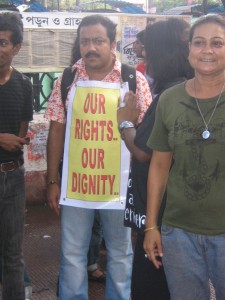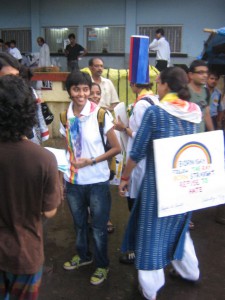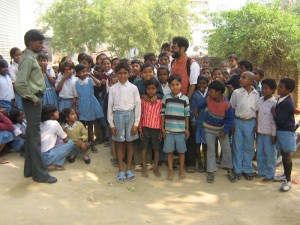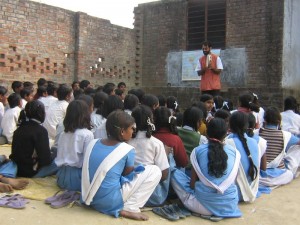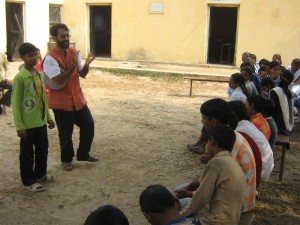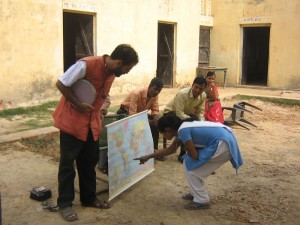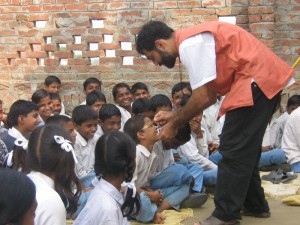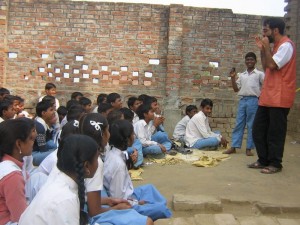ये लेख मेरे छोटे भाई सामान कुंदन के किडनी ट्रांसप्लांट से सम्बंधित मेरे व्यक्तिगत अनुभव से प्रेरित है. कुंदन कुशीनगर का रहने वाला है लेकिन बनारस में रहा कर बीएचयू में पढाई कर रहा था. उसको सरदर्द की पुरानी बिमारी थी जो की एक दिन उभड़ गयी और चुकी वो बीएचयू का विद्यार्थी था और वहीँ हॉस्टल में रहता था इसलिए वो बीएचयू में ही बीएचयू के विद्यार्थियों के लिए चलने वाले डिस्पेंसरी गया दवा लेने के लिए. डॉक्टर ने उसका साधारण जांच किया जिसमे ब्लड प्रेशर बहुत गड़बड़ था. तो उसको उसको और भी कई जांच लिख दिया, जब रिजल्ट आया तो उसमे एक बहुत खतरनाक चीज सामने आयी और वो था क्रिएटिनिन लेवल जो की ५.१ पहुंच चुका था जबकि इसे होना चाहिए 0.5 से 1-1.2 के बीच जिससे ये तो अंदाज़ लग गया की किडनी से सम्बंधित कोई बहुत गंभीर बीमारी है.
उसका किडनी से सम्बंधित दूसरा टेस्ट किया गया तो मालूम चला की एक किडनी पूरी तरह ख़राब हो चुकी थी और दूसरी भी ८०% तक ख़राब हो चुकी थी. इसी बीच अभी दवा इलाज शुरू भी नहीं हुआ था की कुंदन के एक आँख की रेटिना सरक गयी और उसको एक आँख से दिखना बंद हो गया. एक २२ साल के लड़के के लिए ये जमीन फट जाने जैसी खबर थी. तुरंत उसके घर वालो को बुलाया गया. बीएचयू में इलाज भी शुरू हुआ लेकिन उसकी हालत दिन प्रति दिन बिगड़ती जा रही थी. कुछ दिनों तक तो बीएचयू ने खर्चा उठाया लेकिन उसके बाद वो भी हाँथ पीछे खींच लिए. दूसरी सबसे बड़ी परेशानी थी की बीएचयू में किडनी ट्रांसप्लांट की सुविधा नहीं थी, उसके पास केवल एक रास्ता था की वो या तो दिल्ली जाए या फिर लखनऊ जहाँ उसको बहुत पैसे की जरूरत पड़ती लेकिन परिवार के पास कुछ नहीं था.
असल में उन लोगों के पास गरीबी रेखा से नीचे वाला राशन कार्ड था. घर पर थोड़ा बहुत जमीन था खेती वाला और पिता जी भी बेरोजगार। अब सबसे बड़ी समस्या थी की पैसा कहाँ से आएगा। बीएचयू ने एक मदद किया की वो बोले की जबतक पैसे का व्यवस्था नहीं हो जाता तबतक मरीज को हम अपने यहाँ रखेंगे फ्री में लेकिन पैसे का व्यवस्था तो करना ही पड़ेगा। दिल्ली में गंगा राम हॉस्पिटल में पता करने पर मालूम चला की केवल ट्रांसप्लांट का ही खर्चा लगभग ७.५ लाख रुपया होगा। बीएचयू ने ये भी वादा किया वो लोग भी थोड़ा पैसा देंगे लेकिन पूरा नहीं कर पाएंगे। एक ही रास्ता बचा था की सरकारी मदद ली जाए लेकिन उसमे समय लगता है और समय की बहुत बड़ाई दिक़्क़त थी क्योकि कुंदन की तबियत दिन प्रति दिन बिगड़ती जा रही थी. उसके क्लास के पढ़ने वाले बच्चे बीएचयू में विरोध प्रदर्शन कर रहे थे, उनकी ये मांग थी की पूरा खर्चा बीएचयू उठाये लेकिन बीएचयू ने सीधे मना कर दिया था. एक समय तो ऐसा भी आ गया था जब कुंदन अपने आपको हॉस्पिटल के कमरे में बंद कर लिया था, बोला या तो मेरा इलाज करो या तो मुझे जान से मार दो.
उसको डायलिसिस पर रखा गया था. लेकिन लगभग लगभग सभी नसें बेकार हो चुकी थी. पहले हाँथ से करते थे, फिर पैर से करना शुरू किये और फिर अंततः गर्दन के पास से करते थे. जब गर्दन के पास से करना शुरू किये तो नस में पाइप लगवाने के लिए कुंदन को लखनऊ जाना पड़ता था. सोच कर भी शरीर कांप जाता है की कैसे उतनी बिमारी में वो बनारस से लखनऊ केवल एक पाइप डलवाने के लिए जाता था. मुझे अभी भी याद है की एक बार हम उसको अपने घर के पास देखे चाय की दूकान के बाहर खड़ा था, जो की मेरे लिए एक झटका सा था क्योकि उस समय उसकी तबियत इतनी ज्यादा खराब थी की सभी लोग लगभग मान चुके थे की अब कुंदन बचेगा नहीं। और उसको हॉस्पिटल से बाहर देखना मेरे लिए बहुत बड़े अचरज का विषय था.
खैर, हम तुरंत उसके पास गए लेकिन उसकी हालत देखकर अपनी आँखों पर विश्वास नहीं हो रहा था. पूरा शरीर जबरदस्त रूप से सूज गया था और पीला पड चुका था. वो बात कर रहा था हमसे लेकिन क्या बोल रहा था कुछ समझ नहीं आ रहा था, लेकिन सुनाई उसको सब कुछ साफ़ साफ पड रहा था. तभी देखे कुंदन के पीछे उसके पिता जी भी खड़े थे. हम उनसे पूछे की कुंदन हॉस्पिटल से बाहर कैसे निकला तो वो बताये की वो खुद अपने से सारा पाइप निकाल कर हॉस्पिटल से बाहर आ गया था. मुझे अच्छी तरह से मालूम है की वो इतना ज्यादा कष्ट झेल चूका था की किसी तरह से बस उस नरक से बाहर आना चाहता था. समय बीतता जा रहा था लेकिन पैसे की व्यवस्था नहीं हो पा रही थी. किसी तरह से उसके घर वाले, उसके मित्र और बाकी जो मेरे परिवार से हो सकता था हम लोग कर रहे थे. उसके मित्र लोग बीएचयू के अंदर और शहर में अलग अलग जगह भिक्षाटन कर के तकरीबन १.५ लाख रुपया जुटाए।
लेकिन उतने पैसे से कुछ नहीं होने वाला था और कुंदन की हालत भी दिन प्रति दिन बिगड़ती जा रही थी. अब हमलगों के पास केवल एक ही विकल्प था की जितना जल्दी से जल्दी हो सके सरकारी मदद की व्यवस्था की जाए. सरकारी मदद के लिए दो विकल्प थे- सांसद निधि और विधायक निधि। सांसद निधि से मदद मिलने में समय ज्यादा लगता है क्यंकि सबकुछ पहले दिल्ली फिर लखनऊ और फिर जिले स्तर पर पहुँचता है इसलिए लेट हो जाता है जबकि विधायक निधि सीधे लखनऊ से पास हो जाता है. इस बारे में ज्यादा जानकारी के लिए मैंने अपने बड़े भाई समान नन्दलाल मास्टर जी को फ़ोन किया जो की एक समाजसेवक है और लोक समिति नामक संस्था चलाते हैं. उन्होंने मुझे तुरंत संदीप पांडेय जी से मिलने के लिए बोला जो की उस समय बीएचयू में आईटी विभाग में पढ़ा रहे थे.
संदीप भईया से मेरा भी पहले कई बार मिलना हुआ था इसलिए कोई दिक़्क़त नहीं हुई. उन्होंने भी यही सलाह दी की राज्य सरकार से मदद लिया जाए. असल में उन्होंने ही मदद के लिए प्रार्थना पत्र अपने हांथो से लिखा और सारा कागज एकत्रित कर के ये बोला की अब जिलाधिकारी कार्यालय में आवेदन कर सकते हैं. आवेदन हो गया और अंततः लखनऊ से पैसा भी पास हो गया और वो पैसा सीधा गंगा राम हॉस्पिटल के खाते में कुंदन के इलाज के नाम पर ट्रांसफर कर दिया गया था. लेकिन अब दूसरी दिक़्क़त ये सामने आयी की वहाँ पर तारीख नहीं मिल रही थी. और इसी बीच लेट होने की वजह से वो पैसा वापस से राज्य सरकार के खाते में ट्रांसफर हो गया. जिसको दोबारा से बहुत चक्कर लगाने के बाद फिर से राज्य सरकार से गंगा राम में ट्रांसफर करवाया गया. अंततः ट्रांसप्लांट की डेट आ गयी और कुंदन को बीएचयू से गंगा राम हॉस्पिटल पहुंचा दिया गया.
इस बीच कुंदन बीएचयू में ९ महीने तक अपने जीवन के लिए संघर्ष करता रहा. उसके कष्ट को बयान कर पाना मुश्किल है, केवल वो लड़का ही अपना कष्ट समझ सकता है. खैर, बीएचयू में ९ महीने रहने का उसका बिल १३ लाख रुपया आया जिसमे दवा, डायलिसीस और वार्ड के कमरे का किराया सब कुछ जुड़ा हुआ था. बीएचयू ने उसके सारे खर्चे को माफ़ कर दिया और उसके अलावा १,६०,००० रुपया भी किया। लेकिन इस मदद से भी उसका इलाज पूरा नहीं हो पता क्योकि सरकार से केवल ४,५०,००० रूपये की मदद मिली थी जबकि गंगा राम में ट्रांसप्लांट का ही खर्च केवल ७,५०,००० रुपया था. इस बीच हम भी अपने दोस्तों से कुछ मदद लिए और अलोक, सना भाई, योगेश और कुछ एक विदेशी मित्रों ने भी कुंदन के लिए कुछ मदद किया जिससे उसका ऊपरी खर्च कुछ हद तक सपोर्ट हो सके.
गंगा राम हॉस्पिटल में ही कुंदन के पिता जी की मुलाक़ात किसी एनजीओ के एजेंट से हुई जो इनको बोला की वो कुंदन का बाकी खर्चा किसी संस्था से दिला देगा और ट्रांसप्लांट के बाद दवा में होने वाले खर्च में भी मदद करेगा जो की बहुत बड़े सुकून की खबर थी. इसके बदले वो कुंदन के पिता जी से कुंदन के इलाज सम्बंधित सारे कागज लिया और कुछ दिन बाद बाद इन लोगों को कुछ पैसा भी ला कर दिया। पूरा उसने ७०,००० रुपया दिया था लेकिन बाद में मालूम चला की वो एक ऐसे गैंग का एजेंट था जो कुंदन जैसे निर्धन परिवार वालों की मजबूरी का फायदा उठा कर अलग अलग जगहों से पैसा लेता है और उसका थोड़ा हिस्सा मरीज को देगा और बाकी अपने खुद खा जाता है. कुछ हफ़्तों बाद वो कुंदन के पिता जी पर दबाव बनाने लगा दिए हुए ७०,००० वापिस करने के लिए लेकिन इन लोगों के वापस करने के लिए कुछ था ही नहीं तो देते कहाँ से.
खैर, अंततः कुंदन का किडनी ट्रांसप्लांट हुआ, उसके पिता जी की एक किडनी लेकर। कुंदन को ३ महीने हॉस्पिटल में रखा गया था जिस बीच उसकी हर तीसरे दिन डायलिसिस की जाती थी. लेकिन इस बीच वो शुगर का मरीज हो गया और एक कान से सुनाई देना बंद कर दिया। डॉक्टर ने बोला की ये ट्रांसप्लांट का साइड एफेक्ट है जो की पूरी तरह ख़त्म तो नहीं होगा लेकिन धीरे धीरे कम हो जायेगा। अंततः कुंदन के डिस्चार्ज होने का समय आ गया लेकिन फिर वही दिक़्क़त की पैसा नहीं था हॉस्पिटल का बिल चुकाने के लिए. लेकिन गंगा राम हॉस्पिटल ने मानवता का परिचय देते हुए कुंदन के डायलिसिस का बिल माफ़ कर दिया और किसी तरह कुंदन हॉस्पिटल से डिस्चार्ज हो कर बनारस वापस आया.
डिस्चार्ज होने के बाद कुंदन को शुरू में हर महीने में एक बार दिल्ली जाना पड़ता था अपने डॉक्टर से मिलने के लिए जो की बाद में ३ महीने में एक बार कर दिया गया है. आज कुंदन स्वस्थ है लेकिन उसको बहुत सावधानी बरतनी पड़ती है जैसे की शारीरिक श्रम का काम नहीं करना चाहिए, धुल, धुँआ, प्रदूषण से बचना है. साफ़ सफाई की विशेष ख्याल रखना है ताकि किसी तरह के कोई भी इन्फेक्शन पनपने की संभावना न हो, शुगर की वजह से खान-पान का विशेष ख्याल रखना है और हाँ, दवा जिंदगी भर चलेगी। शुरू में तो लगभग ३५-४० गोली रोज खानी पड़ती थी जो की समय के हिसाब से धीरे धीर काम होंगी लेकिन कुछ दवाएं जिंदगी भर खाना पड़ेगा। और ये दवाएं सस्ती भी नहीं है, इनका खर्च लगभग १२,००० रुपया महीना पड़ता है. जैसे ईश्वर इतना कठिन समय में मदद किये वैसे ही दवा की भी व्यवस्था हो जाएगी यही प्रार्थना है. ॐ शांति।
इन्फेक्शन का पता चला- 10 जुलाई 2015
बीएचयू में इलाज चला- 23 अप्रैल 2016 तक
फिर गंगा राम में इलाज चला – अगस्त २०१६ तक
